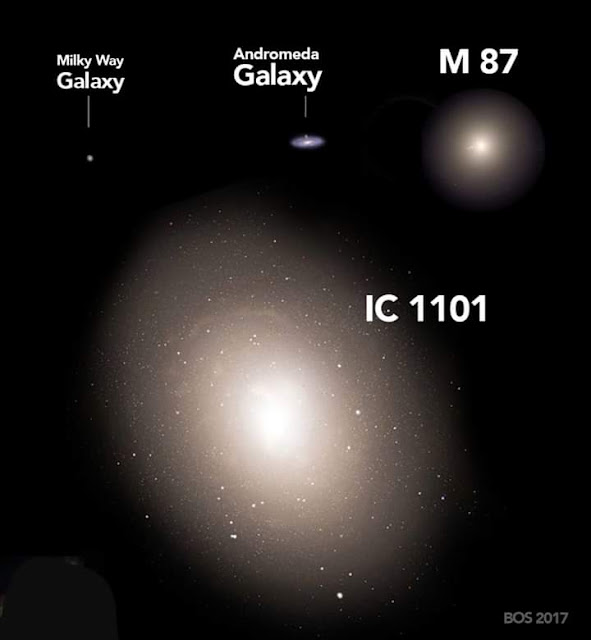 |
| Credit: The Wolf 1061 system. Credit: UNSW Sydney |
New research suggests that a planet circling the star Wolf 1061 falls within what's called the star's habitable zone - making it one of the most likely neighbouring candidates for a planet that supports life.
 |
| This artist's concept illustrates a young, red dwarf star surrounded by three planets. Credit: wikipedia |
"The Wolf 1061 system is important, because it is so close, and that gives other opportunities to do follow-up studies to see if it does indeed have life," says lead researcher Stephen Kane from San Francisco State University.
There are three planets orbiting Wolf 1061, but the planet Wolf 1061c is of particular interest.
Discovered in 2015, and with an estimated mass that's more than four times Earth's mass, Wolf 1061c is located right in the middle of Wolf 1061's habitable zone: the region where a planet's distance from its host star makes conditions suitable for liquid water and other life-supporting elements.
Our own Solar System runs by the same rules: conditions on Earth are just right for liquid water, whereas Mars is too cold.
To investigate whether Wolf 1061c might offer the same kind of habitability, the researchers analysed seven years of luminosity data from its host star and ran calculations of the exoplanet's orbit to figure out what the temperature and pressure on the surface could be.
The findings add weight to previous speculation that Wolf 1061c could be habitable – but just because the exoplanet is within a habitable zone, that doesn't necessarily mean it's one like Earth's.
The new data suggest that Wolf 1061c could have an atmosphere similar to what Venus had in its earliest days, meaning that any liquid water on the planet might not stick around for long.
Previous research has suggested that high temperatures caused excessive water evaporation on Venus, and the newly formed water vapour in the atmosphere increased temperatures even further - a process known as a runaway greenhouse effect.
Now, the team thinks the same thing could be happening on Wolf 1061c, which is "close enough to the star that it's looking suspiciously like a runaway greenhouse", says Kane.
In addition, Wolf 1061c's orbit of its star varies much more quickly than Earth's orbit of the Sun, which would lead to chaotic climate changes such as a rapidly encroaching ice age (or warm phase).
So, is there life on Wolf 1061c?
We don't yet know, and to find out, we'll need more detailed measurements than what we have so far. To that end, Kane says NASA's James Webb telescope is one of the ways we'll be able to learn more about the exoplanet in the future.
 |
| Wolf 1061c Credit: Centauri Dreams |
The telescope is launching next year, and its advanced optics should be able to reveal the atmospheric conditions on Wolf 1061c, and give us a better idea about whether water (and life) could really exist there.
Meanwhile, scientists from METI - the Messaging Extraterrestrial Intelligence organisation - are also interested in Wolf 1061c, and have been keeping a close eye on the exoplanet as they try to reach out to any alien life that might exist beyond our Solar System.
"I'm not holding my breath that we'll ever find evidence of life on Wolf 1061c," METI president Doug Vakoch told Rae Paoletta at Gizmodo.
"But the fact that there's a roughly Earth-like planet in the habitable zone of a star so close to our own Solar System is a good omen as we continue our search for life on other planets."
Other articles on the same theme:
Story source:
The above post is reprinted from materials provided by Sciencealert . Note: Materials may be edited for content and length.






































